Nowadays Brussels is so closely identified with the European
Union that it’s almost become synonymous with it. As the EU has lost popularity
in recent years with a large part of the population of many member countries
(and in the exiting UK), “Brussels” has almost become a slur. To me the modern
buildings and European Union institutions are far less interesting that the
historical attractions and museums Brussels has to offer, but on a nice day Euroland
was worth a stop on my way to the Cinquantenaire Park. Euroland is located east
of the old city center and royal palace precinct in an area that’s mostly,
although not entirely, modern. This suggests there’s a lot of urban renewal in
the area. The EU parliament was closed for visits because I was there on a
Sunday, but two museums in surrounding buildings glorifying the European Union
and its history were open. The buildings and pedestrian malls in the complex
are all named for famous 20th century Europeans who were
instrumental in creating the EU, most of them socialists, as the museum
propaganda also glorifies.
I can’t help but think about the massive cost of this extra
Pan-European bureaucracy places on top the existing nation-state government
bureaucracies, but I’m sure it eats up a good chunk of the benefits of economic
cooperation and standardization. And the parliament complex is only part of it;
a short distance away there’s another big office complex around the European
Commission. I’ve heard it said that the
glassy modern parliament building already looks dated despite being less than a
quarter century old. Maybe it’s a metaphor for the European Union, which also
seems to be beyond its glory days. And what’s
the point of the art installation in Leopold Park behind the parliament
building that has lots of ostriches sticking their heads in the sand? There was no explanation, which left me
guessing. Of course, real ostriches don’t do anything like that.
The Cinquantenaire Park is yet a little farther from the
center. The notable feature of the park is a grand arch a little like the Arch
de Triomph in Paris or the Brandenburg Gate in Berlin flanked by two enormous
buildings originally built for a world’s fair but now housing several museums –
Auto World, the Royal Army and Military History Museum, and the Royal Museum of
Art and History.
It’s all part of the massive building spree of monumental
structures during the reign of Leopold II in late 1800s up until WWI. I went to
the last of the three museums and found it to be sprawling and enormous, my
trip through rather fast given my limited time. It covers everything from
Belgian archaeology through medieval art, decorative arts, classical and
Islamic art, and art of the Americas. The collections of cool loot from the
Congo are in a separate African museum out in the ‘burbs which is currently
closed for renovation, and I’m not sure where Asian art is, but Belgium has
quite a collection of stuff from all around the world for such a small country.
Despite three full days in Brussels, it’s a place I could
well have spent more time because there’s a lot I didn’t get to see. Foremost
among those is the art nouveau architecture. Brussels is associated with
architect Victor Horta in much the same way Antoni Gaudi is with Barcelona. The
difference is most of Gaudi’s buildings are easily accessible near the center
of the city. Horta’s works are scattered about Brussels and would involve a
very long walking tour, probably well over a day if you were to go into those
open to the public for visits. I didn’t get to any of those or to the Magritte
Museum or to a slew of other interesting-sounding sites. I guess that just
means I’ll have to come back again some time.

 Brussels, Brussels, Belgium
Brussels, Brussels, Belgium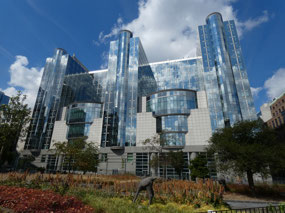
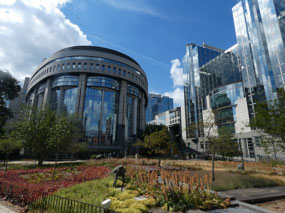
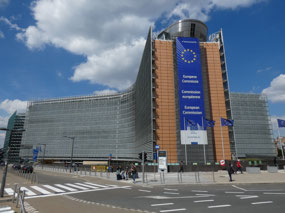





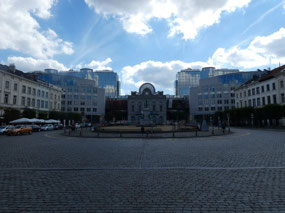
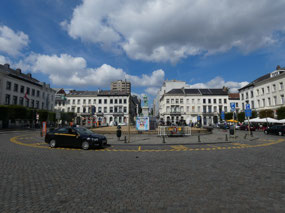
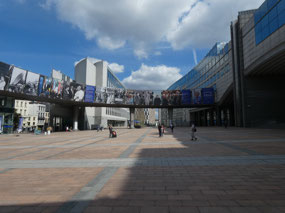
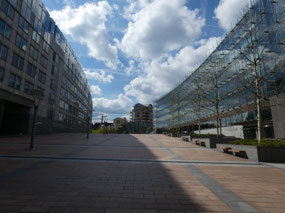
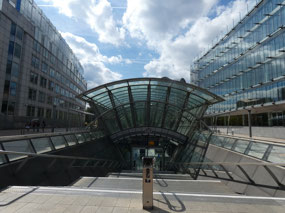
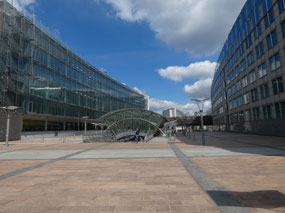
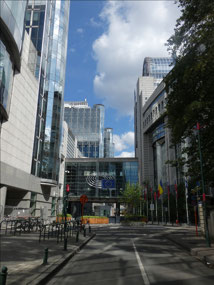
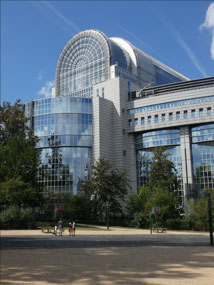
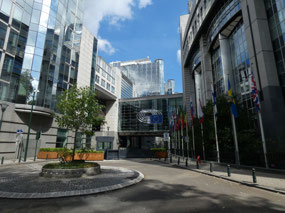
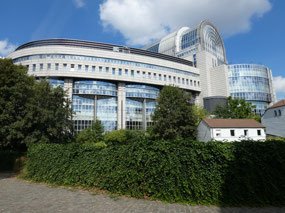
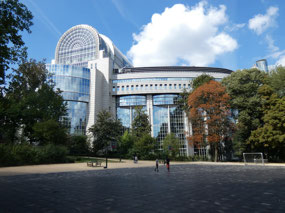
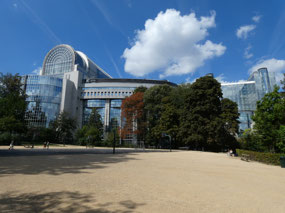

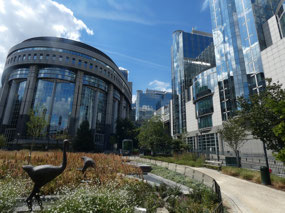
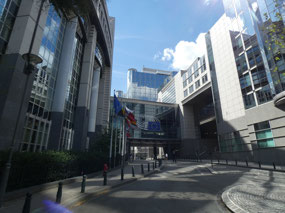
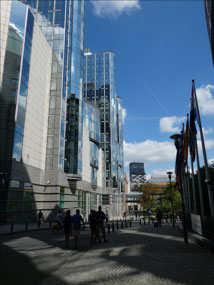
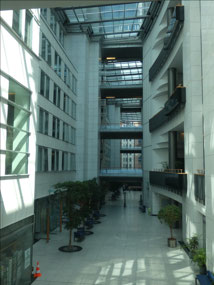
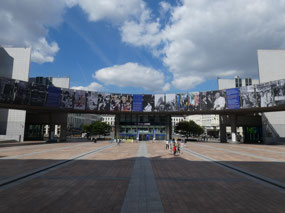
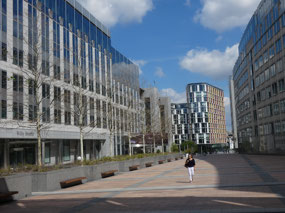
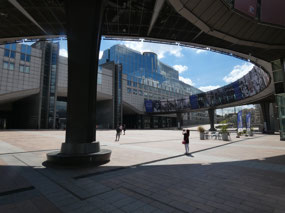
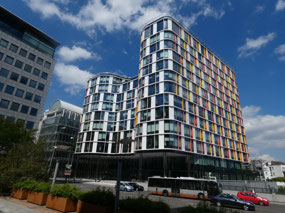

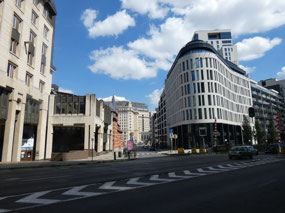
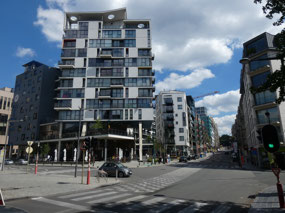
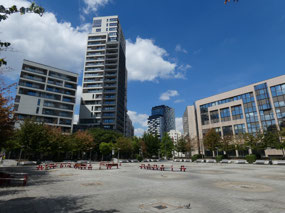
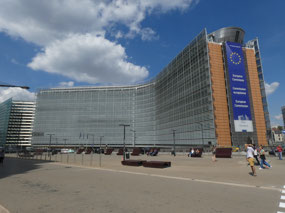
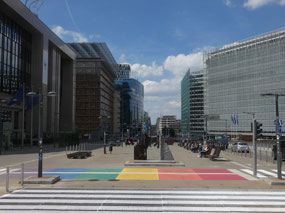
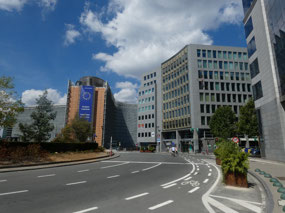
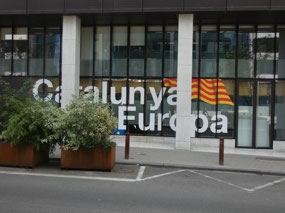
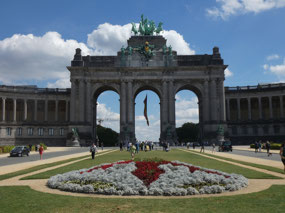



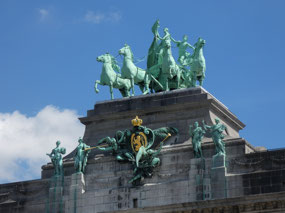
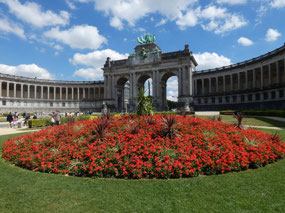
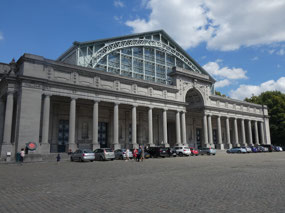
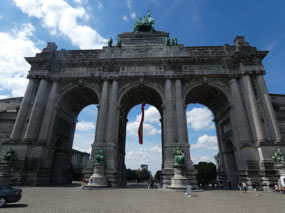
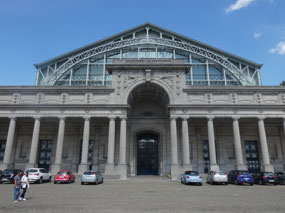
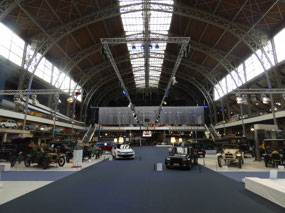
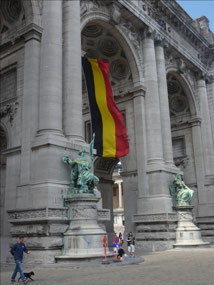
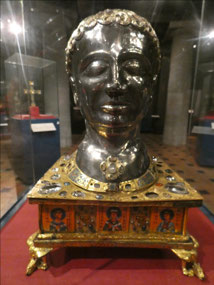
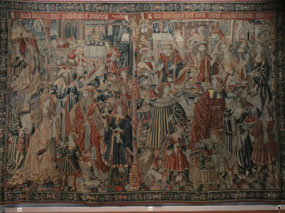
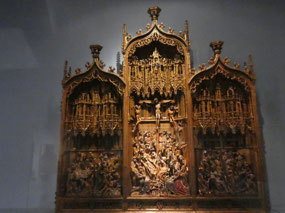
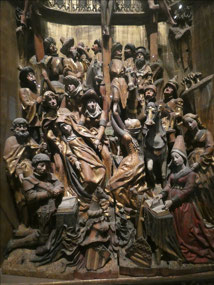
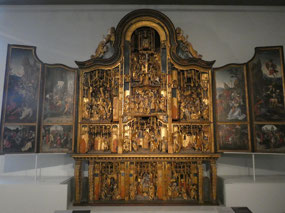
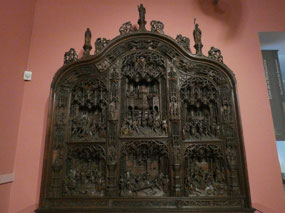
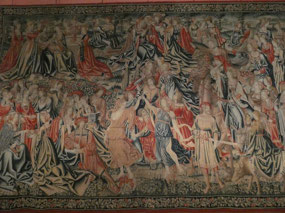
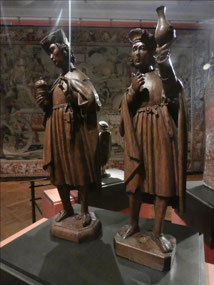
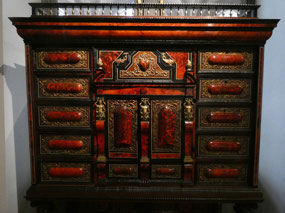
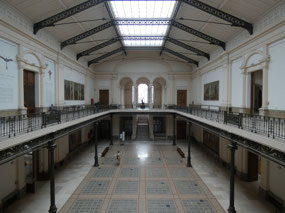
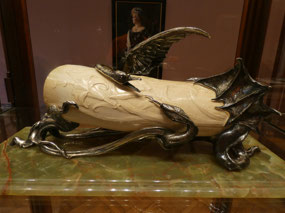

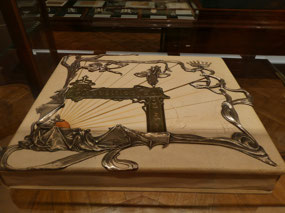
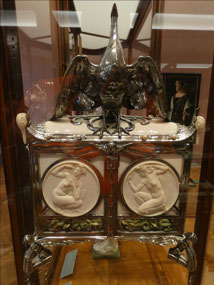
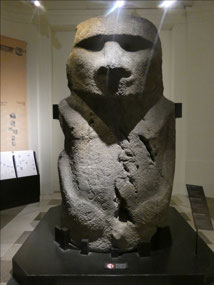

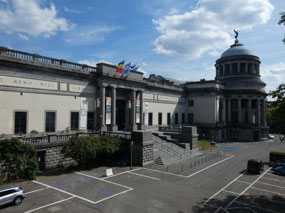
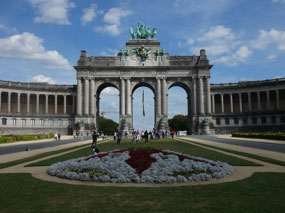
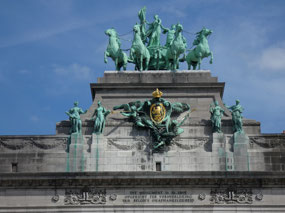
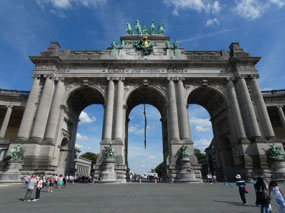
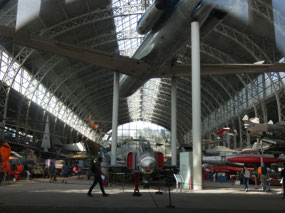
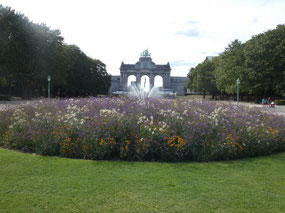
2025-05-22